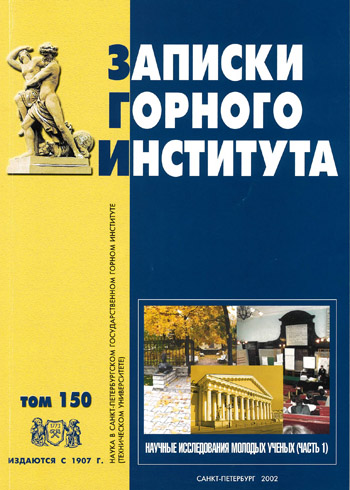The essence of labor remuneration in a market economy
- Student, research assistant G.V. Plekhanov Saint Petersburg Mining University
Abstract
When carrying out production activities at the enterprise, various resources are used, which can be divided into three main groups - natural, material (capital) and human (live labor). The management of human resources requires approaches and methods different from those of other types of resources. People participate in the production process with certain goals. They expect from the enterprise the opportunity to realize their goals, their personal interest, to receive remuneration, the availability and size of which determines their standard of living. It is possible to satisfy such requirements only by developing better forms and systems of remuneration of employees at the enterprise. In a market economy, the approach to labor distribution is changing. The basis for equal pay for equal work should be taken not by the cost of time and skill level, but by the result of labor - the market's recognition of the product of labor as a commodity. Funds from the sale of goods become the highest criterion for evaluating the quantity and quality of producers' labor and the main source of their income. This necessitates a departure from the existing, but already ineffective principle of priority of remuneration of labor to a more expedient in market relations principle of priority of the price of production. Payment for labor under this option depends on the price of products on the market. For the enterprise itself there is actually no need to plan and control the norms of labor costs. Even before the start of the process it is possible to predict the amount of labor payment. The incentive system should have a clear link between the size of remuneration of an individual employee and the results of the activity of the whole organization.
